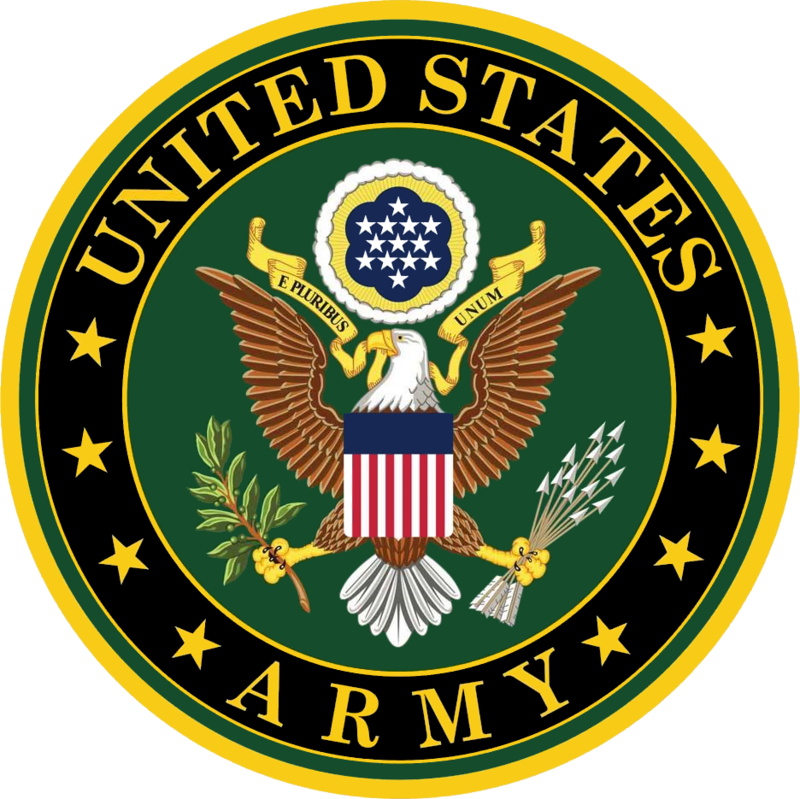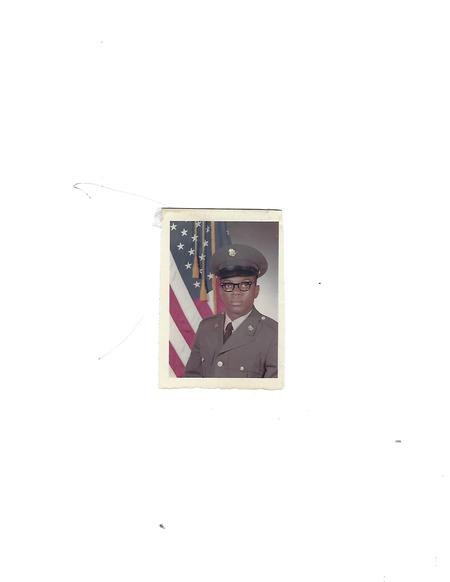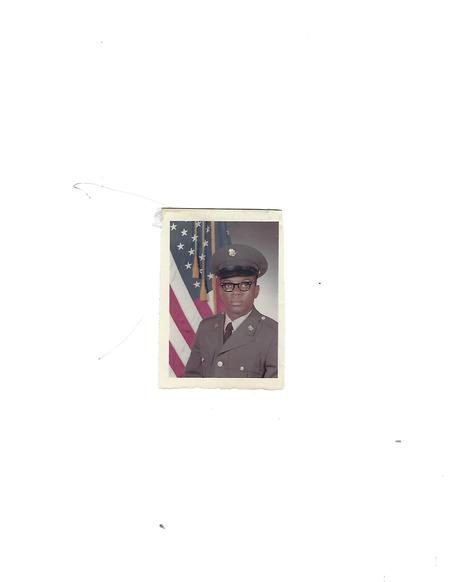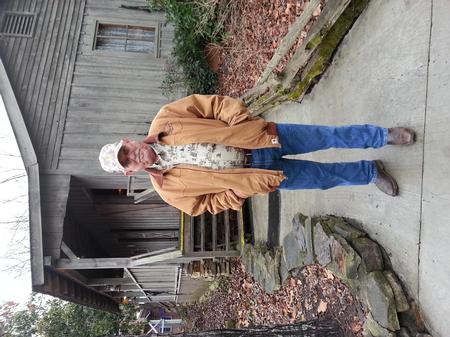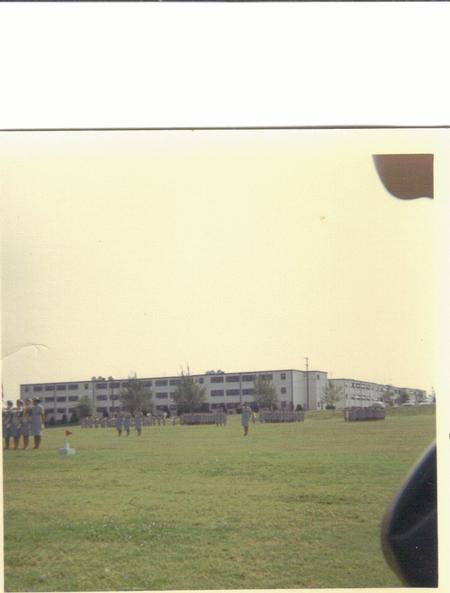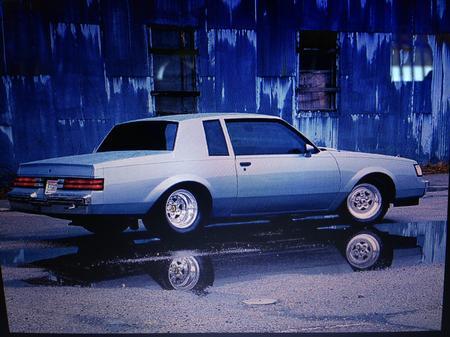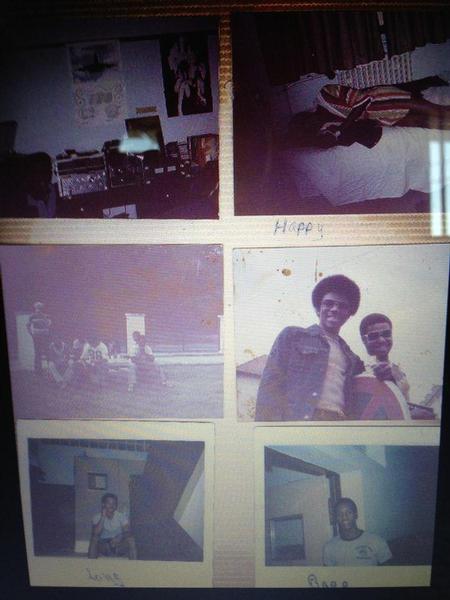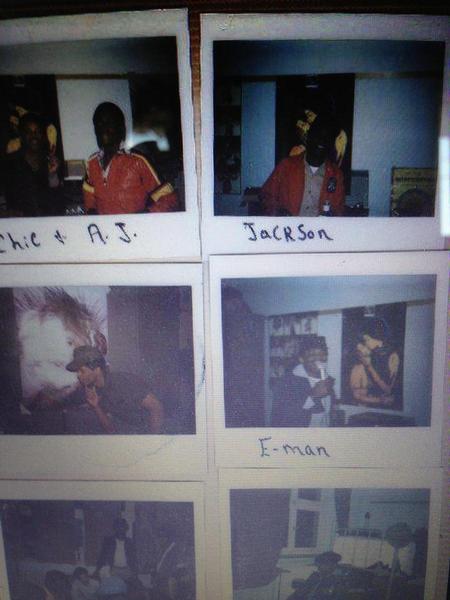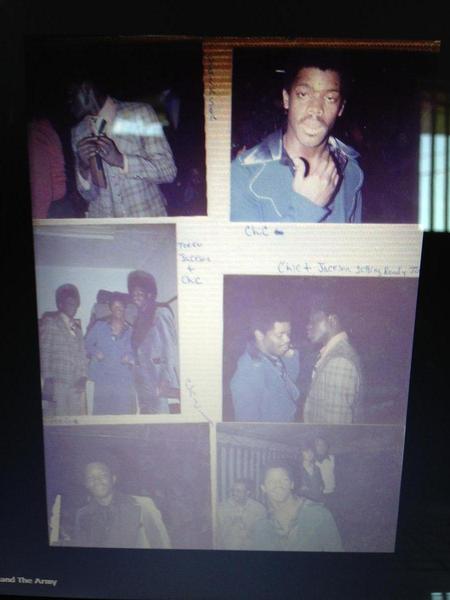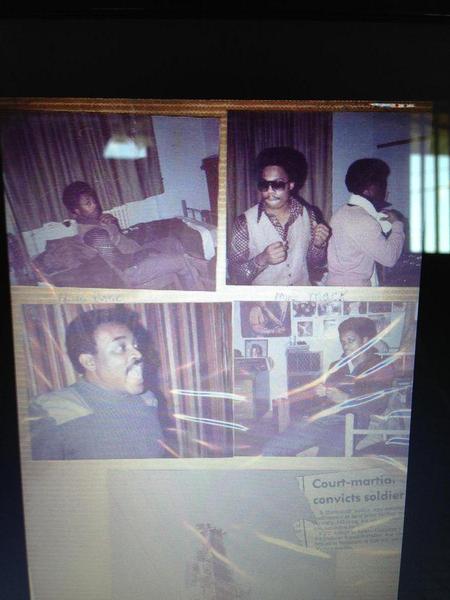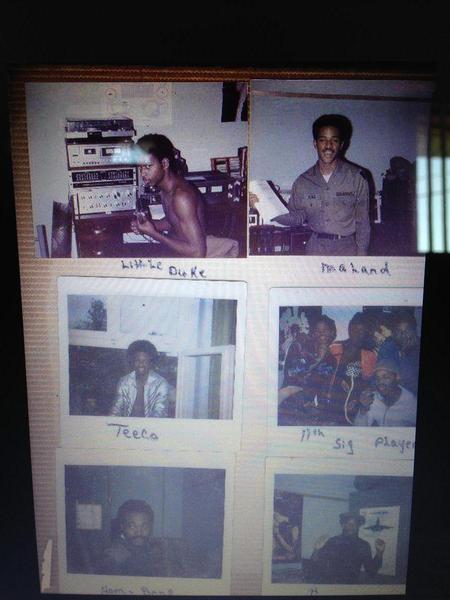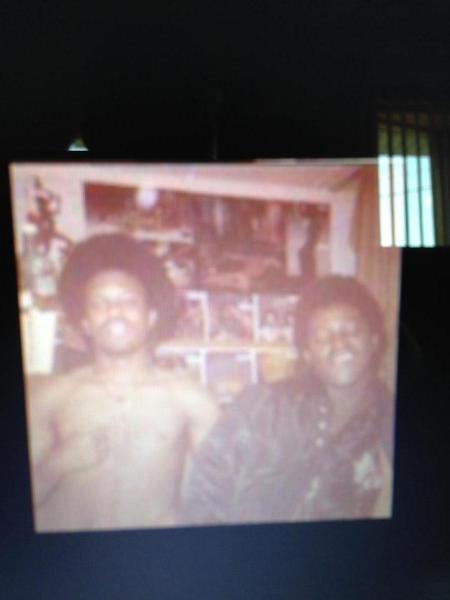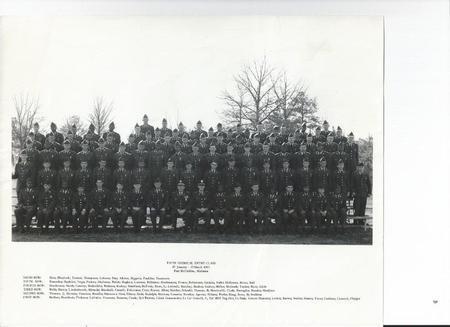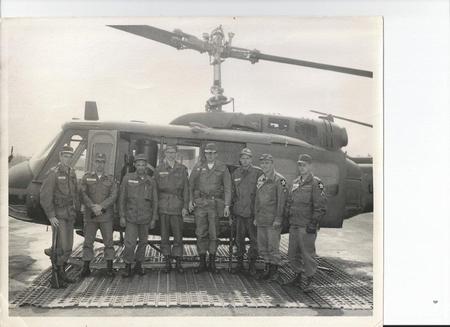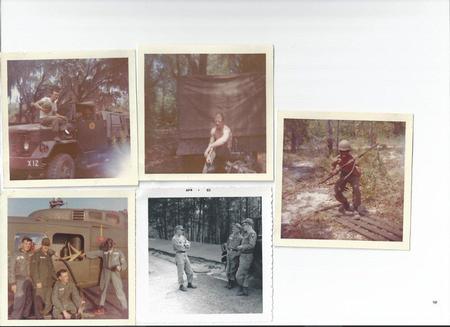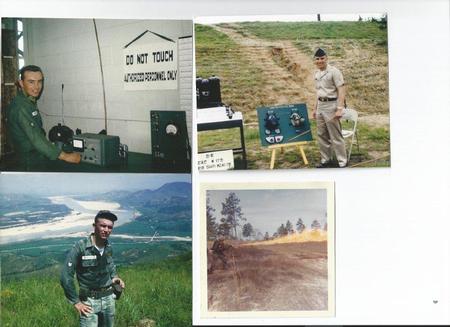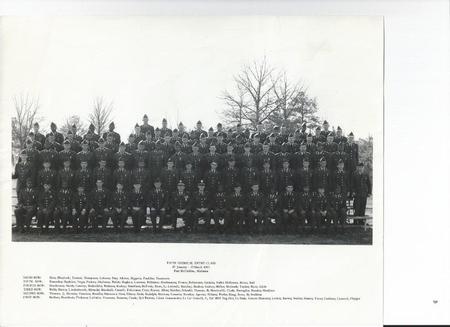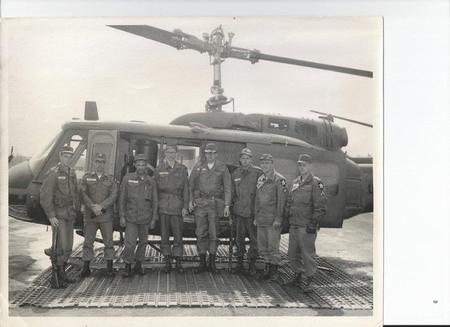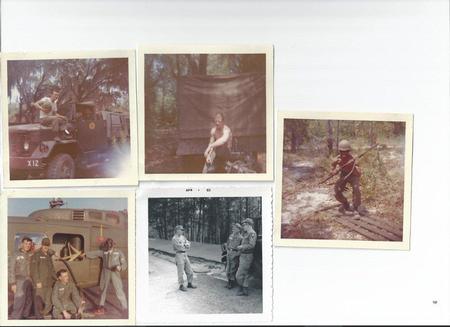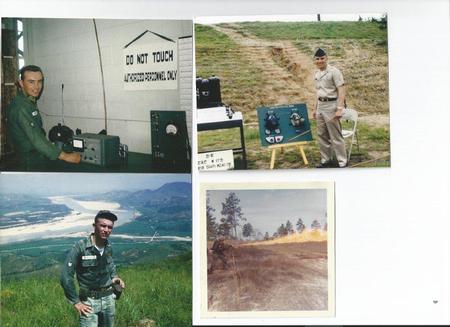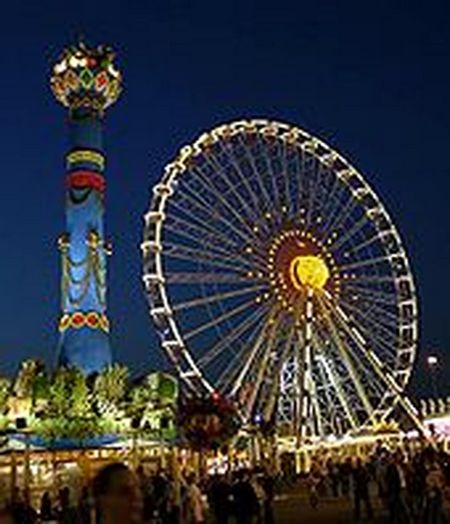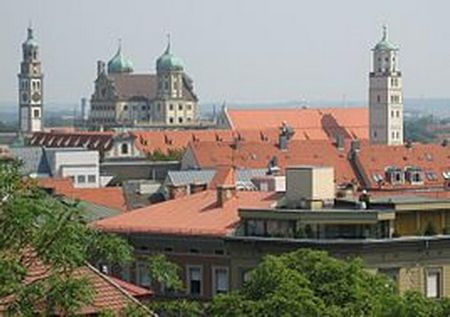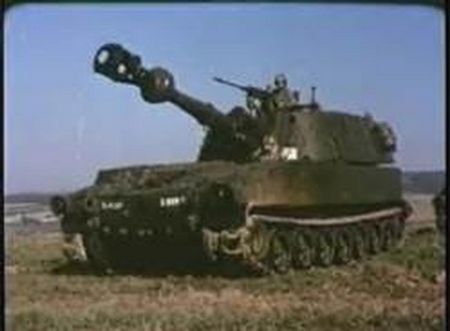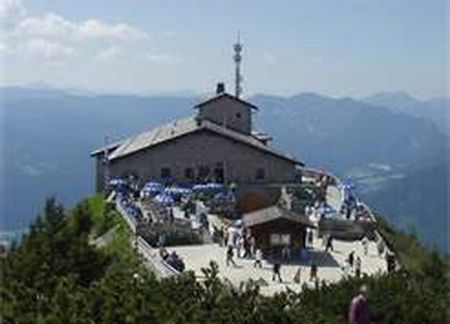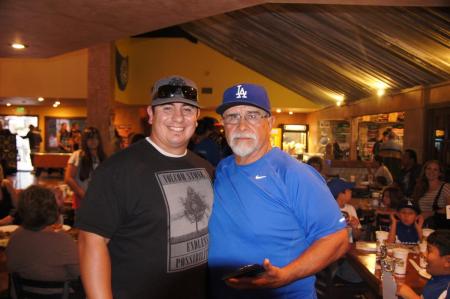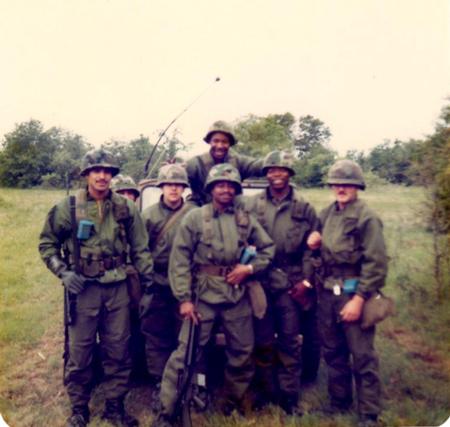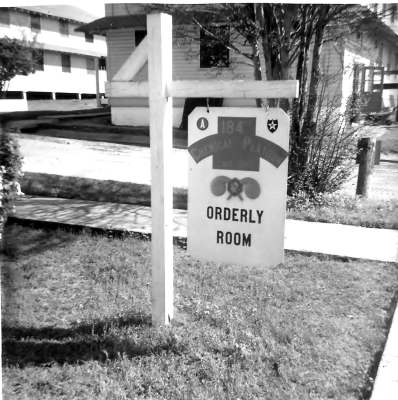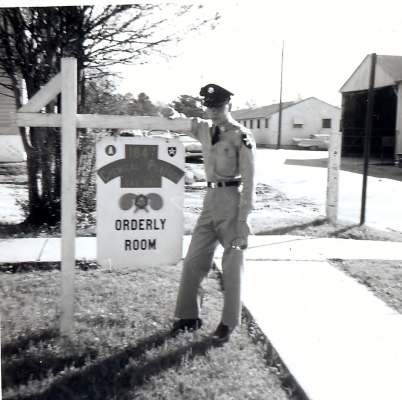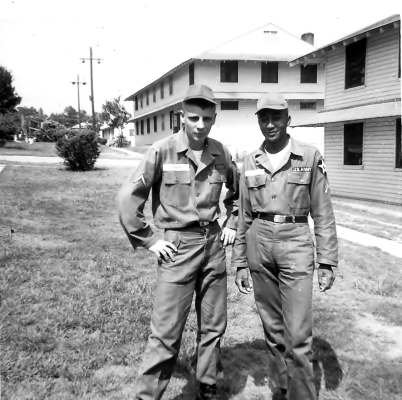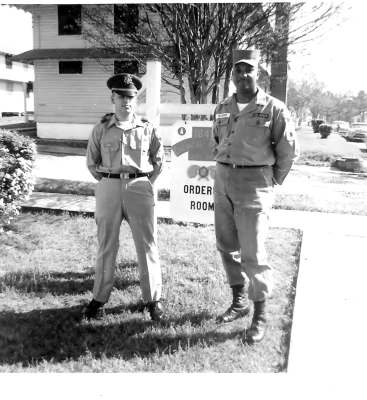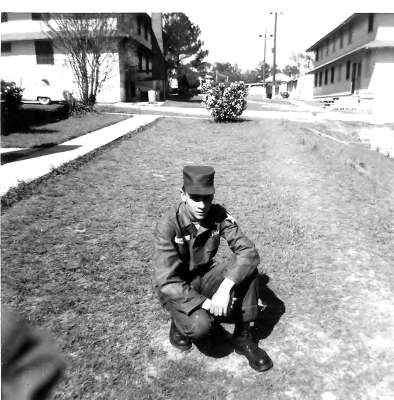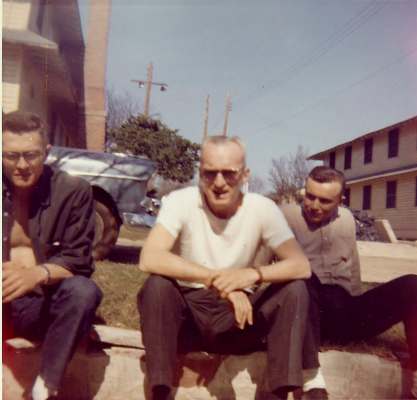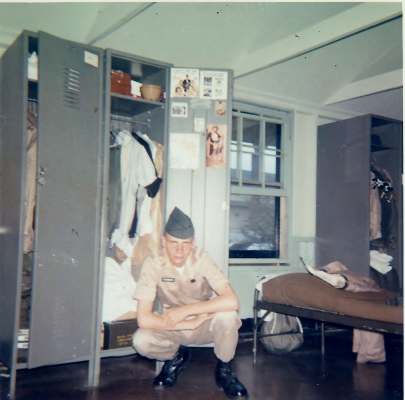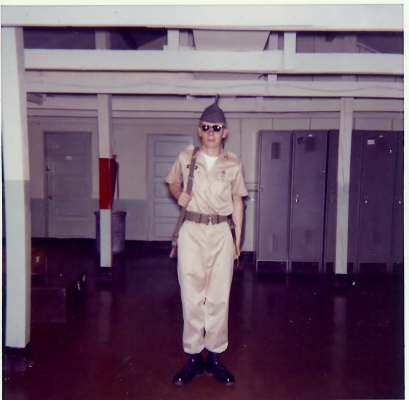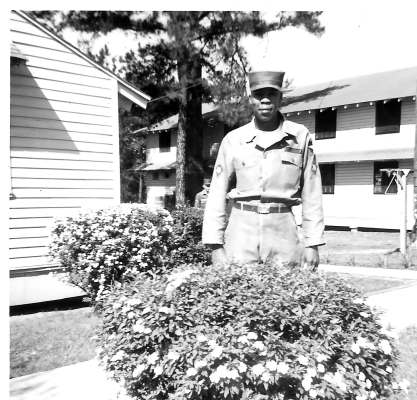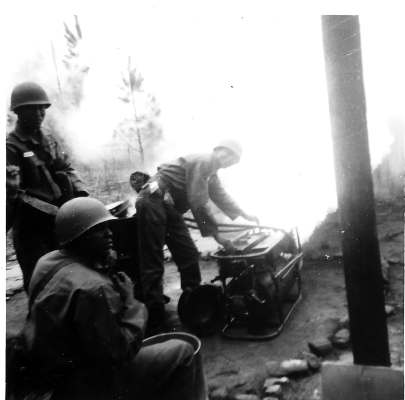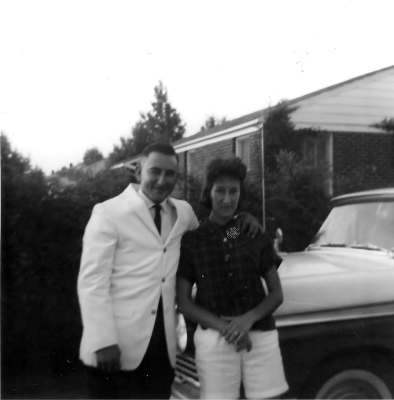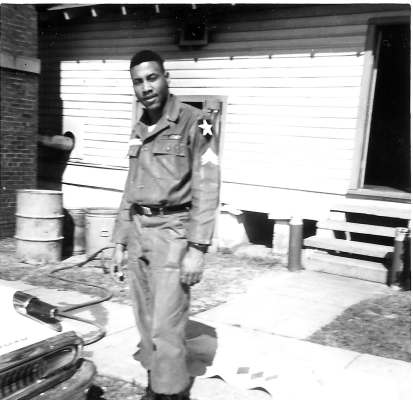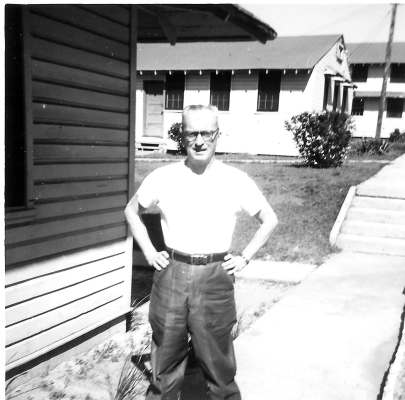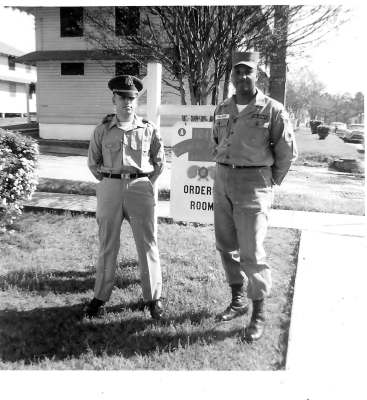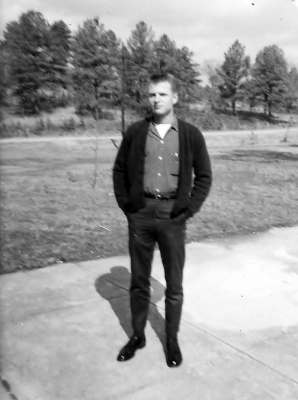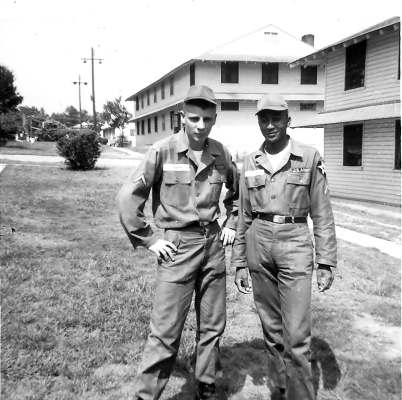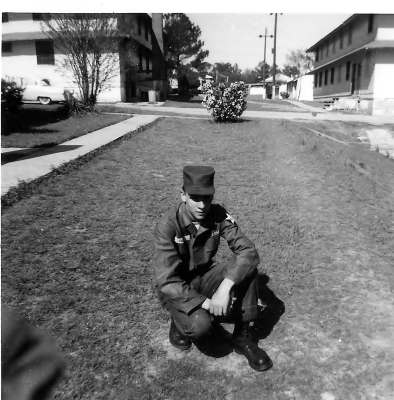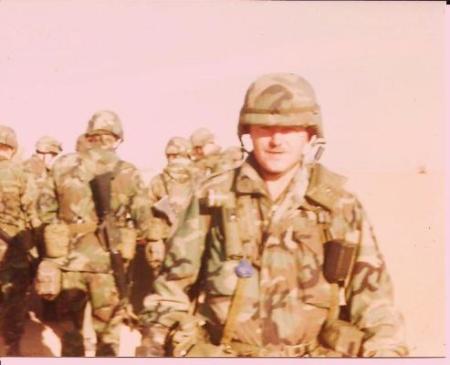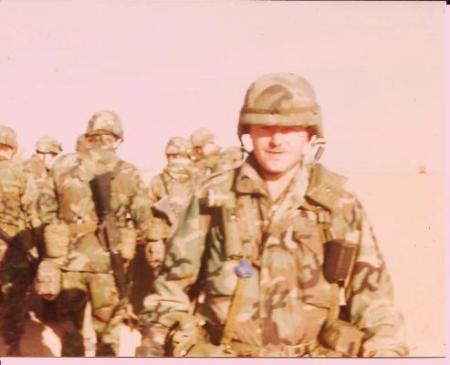ABOUT Chemical Corps
- Origins in World War I: The Chemical Corps traces its roots back to 1917, when the U.S. Army established the Gas Service Section in response to the first large-scale use of chemical weapons during World War I.
- Nickname "Dragon Soldiers": Members of the Chemical Corps are often called "Dragon Soldiers," a nod to the fire-breathing dragons of legend, symbolizing their work with dangerous substances.
- Regimental Insignia: The branch insignia features two crossed retorts (laboratory flasks) and a benzene ring, representing the Corps’ scientific and chemical expertise.
- World War II Role: During WWII, the Chemical Corps was responsible for smoke generation, flamethrowers, decontamination, and even the development of incendiary and chemical munitions.
- Defensive Focus: After WWII, the Corps’ mission shifted from offensive chemical warfare to defense, detection, and decontamination due to international treaties banning chemical weapons.
- Vietnam War Contributions: The Corps played a critical role in Vietnam, employing herbicides like Agent Orange and developing protective measures against chemical and biological threats.
- Gulf War Operations: Chemical units were on high alert during the 1991 Gulf War, prepared to respond to potential Iraqi chemical attacks that, fortunately, never materialized.
- Modern Threats: Today, the Chemical Corps is trained to handle chemical, biological, radiological, and nuclear (CBRN) threats, expanding beyond traditional chemical defense.
- Distinctive Motto: The Corps’ motto is “Elementis Regamus Proelium,” Latin for “Let us rule the battle by means of the elements.”
- Annual Dragon Fire Ceremony: The Corps celebrates its heritage every year with the “Dragon Fire” ceremony at Fort Leonard Wood, Missouri, its regimental home, honoring its legacy and fallen soldiers.

